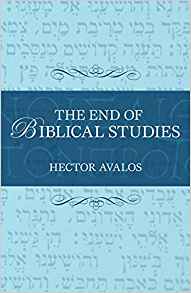Let’s move on to something positive and evidence-based by way of explanation for the origins of Christianity and its early diversity, leaving behind the “scholarly” speculations based on narratives for which there is no external supporting evidence and that are full of fanciful tales.
Moving from Crossley to Doherty in discussing the birth of the “Jesus” movement is like moving from a wasteland of mirages and stubble to an oasis of clear-headed, well-supported insights.
Doherty? Yup. And I have the permission of Professor Stevan Davies of Misericordia University to quote his own views of Doherty’s insights. (Davies is the author of Jesus the Healer, summarized here.) From http://groups.yahoo.com/group/crosstalk/message/5438
I haven’t read [Thomas] Kuhn in a coon’s age, but recall something to
the effect that a prevailing scientific paradigm gradually
accumulates problematic elements that are swept under the
rug until a new paradigm appears, accounting for those elements,
at which time it becomes clear (where it did not before) that
those problematic elements should have indicated fatal flaws
in the former paradigm.Earl’s paradigm is a paradigm. It’s not simply a reworking of
the usual materials in the usual way to come up with a different
way of understanding them. It’s not an awful lot different than
the claim “there is no such thing as phlogiston, fire comes
about through an entirely different mechanism.”New paradigms are very very rare. I thought that my J the H
gave a new paradigm rather than just another view on the
subject, but no. Earl’s is what a new paradigm looks like.
(And if he’s not the first to advance it, what the hell.)
A new paradigm asserts not that much of what you know
is wrong but that everything you know is wrong… more or
less. Your whole perspective is wrong. The simple thing to
do is to want nothing to do with such a notion, which
simple thing has been violently asserted on crosstalk by
various people. Indeed, at the outset of this discussion,
more than one person asserted that since this is an Historical
Jesus list, we presuppose the Historical Jesus, therefore
a contrary paradigm should not even be permitted on the list.
I think this is cognate to the establishment’s reaction to Galileo.But it’s not that Earl advocates lunacy in a manner devoid
of learning. He advocates a position that is well argued
based on the evidence and even shows substantial knowledge
of Greek. But it cannot be true, you say. Why not? Because
it simply can’t be and we shouldn’t listen to what can’t be
true. No. Not so quick.The more you think about early Christianity from the perspective
of the new paradigm, the more the old paradigm can be seen
to be flawed. … and the more the rather incoherent efforts to
make those flaws disappear seem themselves flawed.
Ptolemaic astronomy does work, sort of, if you keep patching
it up. So we can say that the host of Historical Jesus scholars
haven’t got it right, but we know that they are going about
it more or less the right way because it’s the only way we
know of. Or indeed we say that HJ scholars are going about
a task that is just impossible, but still their goal is in theory,
however impossible in practice, the right goal. Really?This isn’t to guarantee that Earl’s arguments are always
correct… I’m not at all pleased with the redating of Mark etc.
Or that he’s thought of everything… the normative Jesus
who is a Galilean Jew whose followers immediately were
subject to persecution by the pharisee Paul are huge holes
the standard paradigm just ignores… but he’s thought of a lot.You cannot advance very far in thinking if you simply refuse
to adopt a new paradigm and see where it takes you. Even
if, ultimately, you reject it, the adoption of it, or at least the
effort to argue against it, will take you to places you have not
been before. Hence Goranson (an intelligent knowledgeable
person, thus the foil for this letter) is wrong.Stephen Carlson’s objections to Earl on the grounds that
Mark is evidence for an historical Jesus just takes the
standard paradigm and asserts it. That’s one way of going
about it, as pointing to the self-evident fact that the sun
goes around the earth will nicely refute Copernicus.
But it’s not that simple.But in going along with Earl I’ve learned more than
by going along with anybody else whose ideas I’ve come
across anywhere. I went along with Mark Goodacre, and
learned some there. Refusing to go along, refusing even to
argue against, being happy that nothing new is being
discussed except widgets of modification to the standard
paradigm, that’s where you really learn almost nothing.Crossan, or Johnson, Allison or Sanders, can give you slightly
different views of the standard view. Earl gives a completely
different view. His is a new paradigm, theirs are shifts in
focus within the old paradigm. From whom will you learn
more?Steve
Thanks for the intro, Steve. Now for my presentation of just one of Doherty’s insights:
Doherty begins a chapter titled The Birth of a Movement thus: Continue reading “Birth of a Movement: some fresh insights from Earl Doherty”

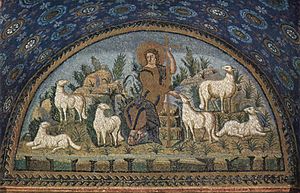
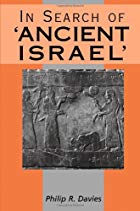
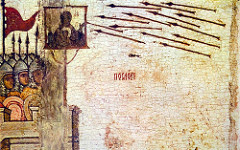
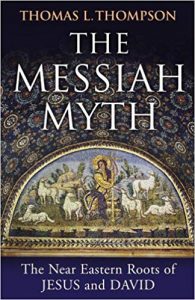


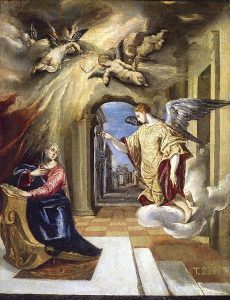
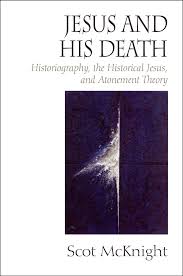
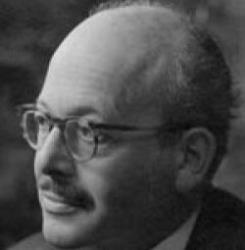
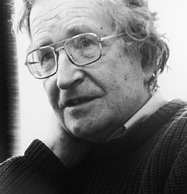

 Note the outrageous $6 price tag for a cheap lotus flower candle and fantasize Jesus descending to scare the daylights out of that greedy, money-hungry elderly lady lotus-candle-flower seller. Of course, it helps if you re-image the scene to anti-semitic stereotypes.
Note the outrageous $6 price tag for a cheap lotus flower candle and fantasize Jesus descending to scare the daylights out of that greedy, money-hungry elderly lady lotus-candle-flower seller. Of course, it helps if you re-image the scene to anti-semitic stereotypes.